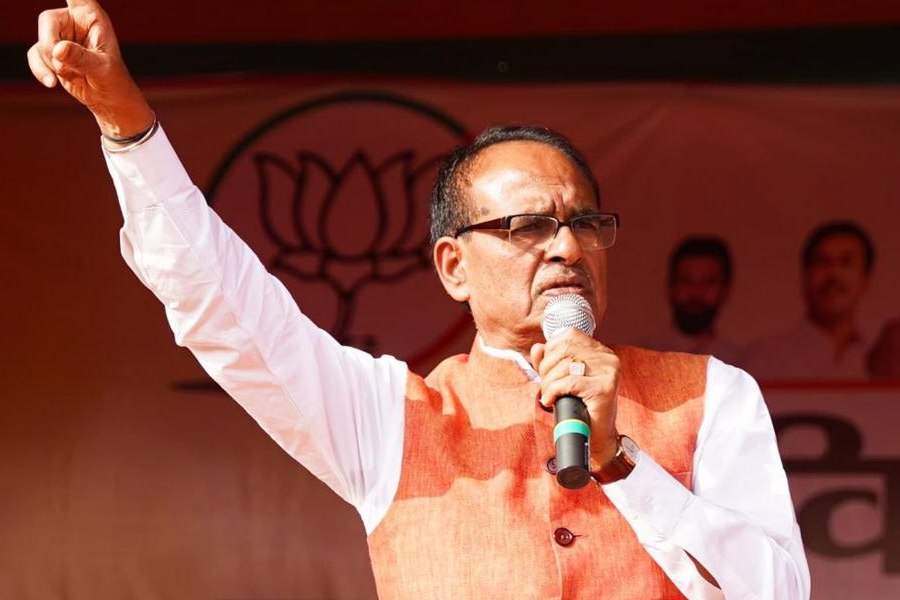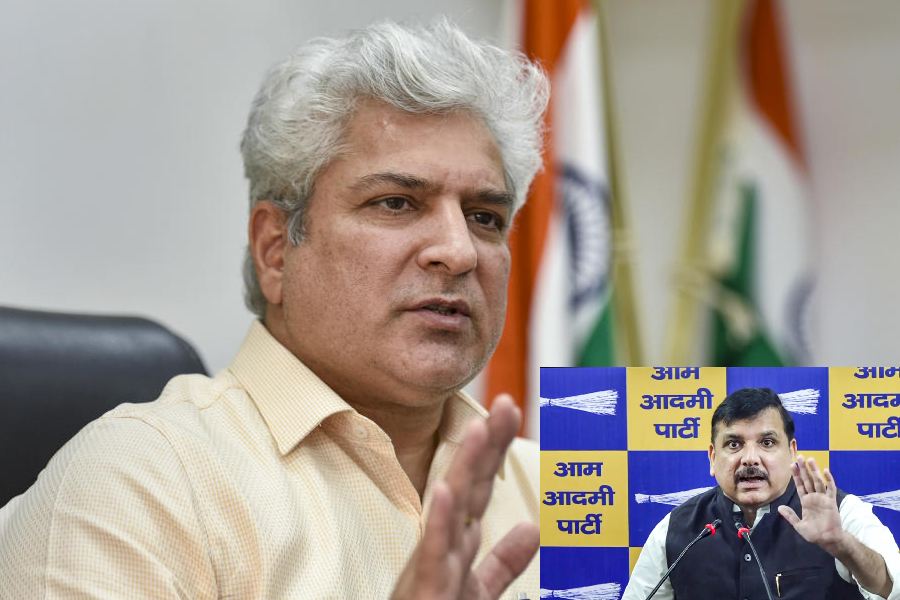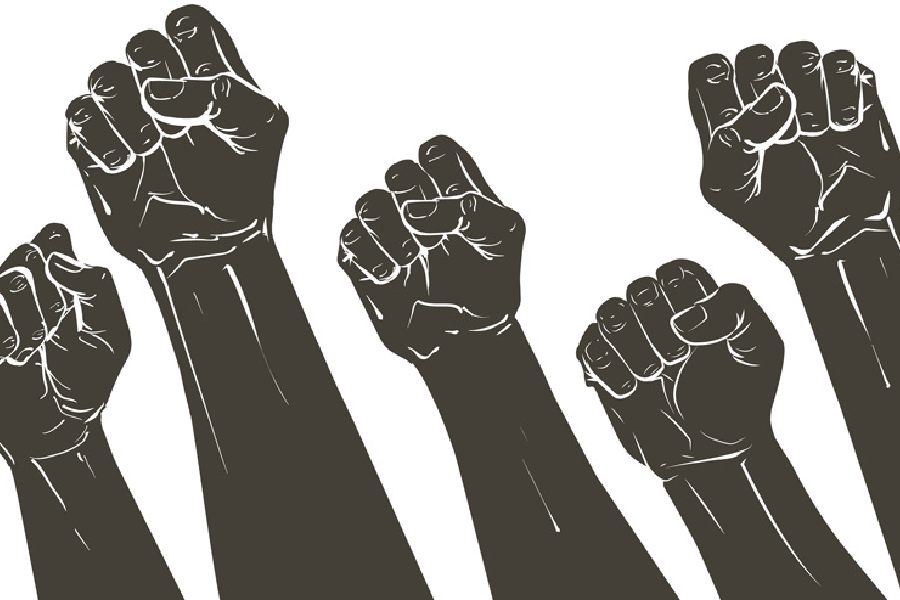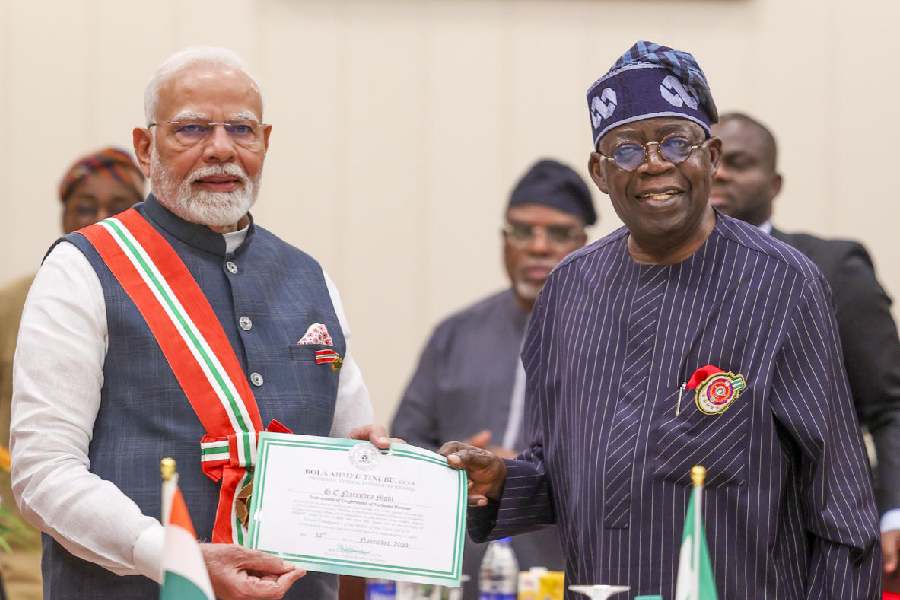Rajesh Debnath and nine other labourers from East Burdwan had been walking on railway tracks for days on their way from Bihar to Bengal.
The 10 migrants were eventually rescued by vehicles sent by the Bengal government and are in home quarantine now.
The following is an account Rajesh shared with The Telegraph on Friday soon after news of the Maharashtra tragedy came in:
I was shocked when I saw the blurred images of the bodies on the tracks in Aurangabad (Maharashtra). It could have happened to us anytime during our eight days on the tracks, walking from Raxaul to Jhajha in Bihar.
My elder brother Raju switched off the television when he saw me staring at it. The women at home, who had been happy till then, started crying, saying it could easily have happened to me and my friends. Thinking about it, my hands trembled. Just like them, we too had a 400km journey to make.
I was even more distraught when I caught sight of a few scattered rotis lying on the tracks. The rotis from Madhubani (Bihar) that we had packed for ourselves had sustained us during the first two days of our journey.
I can easily understand why they chose to rest on the railway tracks, not somewhere else. I’m sure people are wondering.
It’s nothing but extreme tiredness and fatigue, two things we cannot avoid during such a journey. Of course, it’s not comfortable to put your head on a steel track, but it is what shows us the way home.
I can remember that on May 2, when we had finished around 200km, we decided to sit down and rest on the tracks for a few minutes but before we knew it most of us were asleep. We realised the danger of this and decided to be more vigilant from then on.
First, we had to figure out if it was an up line or a down line to avoid being caught unawares from behind. It’s not easy to do and it took us almost a day to learn to read the clues.
I think if we could see a signal that was green, it meant a train would be coming from behind us. But it can be confusing as there are signals on both sides, for both tracks.
Near Barauni station in Bihar, we did not know that a goods train was heading towards us from behind. Fortunately, an attendant attached to the station was on patrol nearby and alerted us.
It’s also easy to get distracted by the scenery. We saw at least a dozen high-speed goods trains rush along the tracks from the opposite direction to us. But we had one particularly close call when we failed to spot a train until it was barely 500m from us. We had to jump into the bushes.
I think things are safer at night --- if you are awake --- because of all the bright lights and signals.
The bigger hazard is catching your foot in the gaps or pebbles between railway sleepers. It can be fatal if you fall head first onto these tracks. My cousin Dipak tripped during the end of our journey and sprained his right angle. We had to carry him after that.
To give you an idea of the strain of such a journey: my shoes got torn before I had completed 50km -- less than a tenth of the journey. It’s excruciating to walk barefoot on pebbles heated up by the sun. Besides, I had to carry Dipak on my shoulders towards the end.
Another hurdle we faced were the five of six large railway bridges we had to cross. The plates between the tracks on most of them are rusty and feeble. In addition, the gaps between the plates were considerable. Scared of falling through the gaps, we sat down on the tracks and hauled ourselves over the tracks.
I cannot express how lucky we are to have made it home, and to have received help from the government in getting us back to our families.











